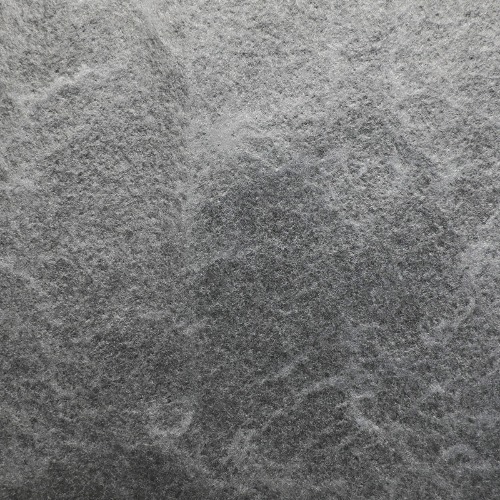In the ever-evolving world of textiles, a new player has emerged, poised to revolutionize the industry: laminated non-woven fabric. This innovative material has been making waves in various applications, from packaging to medical fields, and its versatility and eco-friendly nature are causing a stir. Let's take a closer look at the extraordinary rise of laminated non-woven fabric and its impact on the textile landscape.
Laminated non-woven fabric, often referred to as bonded non-woven fabric, is a type of material composed of fibers that are bonded together through a lamination process. This results in a durable, tear-resistant, and breathable fabric that finds extensive use in a wide range of industries. From eco-friendly shopping bags to medical gowns, the applications of laminated non-woven fabric are diverse and impactful. The fabric's ability to be easily customized and its cost-effectiveness have made it a sought-after choice for manufacturers looking to embrace sustainable and versatile materials.

One of the key factors driving the popularity of laminated non-woven fabric is its eco-friendly attributes. Unlike traditional woven fabrics, the production of non-woven fabric consumes fewer resources and generates minimal waste. This has made it a frontrunner in the movement towards sustainable and environmentally conscious manufacturing. Additionally, the fabric's ability to be recycled and repurposed further adds to its appeal, aligning with the growing demand for eco-friendly alternatives in the textile industry.
The medical sector has also been quick to recognize the advantages of laminated non-woven fabric. The fabric's ability to provide a breathable yet protective barrier has made it an ideal choice for manufacturing surgical gowns, drapes, and other medical textiles. Its non-absorbent and liquid-repellent properties offer enhanced protection for healthcare professionals, contributing to the safety and efficiency of medical procedures. As a result, the demand for laminated non-woven fabric in the medical field has soared, highlighting its critical role in promoting hygiene and safety.
The ascent of laminated non-woven fabric represents a significant shift in the textile industry. Its versatility, eco-friendly nature, and diverse applications have positioned it as a game-changer in the manufacturing landscape. As the demand for sustainable and adaptable materials continues to grow, laminated non-woven fabric stands at the forefront, offering a glimpse into the future of textiles. With its impact resonating across various sectors, it's clear that this innovative fabric is here to stay, shaping the way we perceive and utilize textiles in the modern age.

 English
English Español
Español Deutsch
Deutsch عربى
عربى














